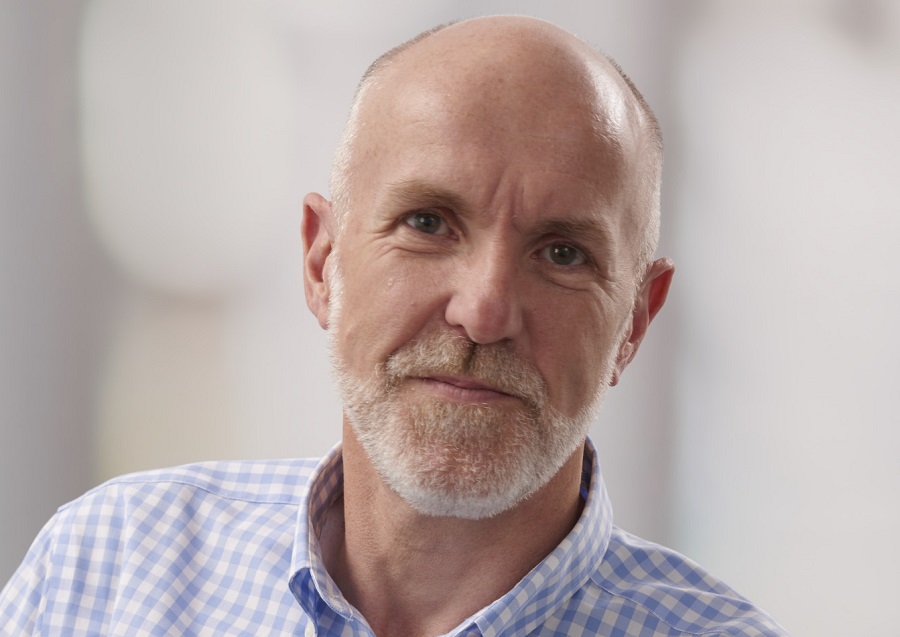The war on plastic
When plastic packaging made its way onto supermarket shelves in the 1940s, it was hailed for its benefits – lightweight, cheap, and with excellent barrier properties, plastic allowed food to be processed, packed, and transported with ease, increasing the array of produce available for people. The benefits of plastic packaging were endless. Fast forward to the present day, though, and the perception is not as positive.
Today, issues with plastic packaging recycling and disposal have meant that images of sea turtles tangled in plastic bags, or remote islands littered with plastic scrap are only too familiar. Many brands are facing pressure to shift from plastic packaging to explore what consumers believe are more environmentally friendly options. But, is this really the answer?
Change can be risky
Designing products and packaging for sustainability is complex – often it is not as simple as switching out one packaging material for another, as all materials have positive and negative attributes which need to be considered.
In 2020, a UK cross-parliamentary group cautioned that consumer pressure to end plastic packaging in shops could actually harm the environment, as many materials that are deemed more sustainable come with a more damaging environmental footprint. Waste may be an issue with some plastics, however, CO2 emissions are typically lower for both production and transport of plastic packaging when compared with other packaging materials. By comparison, glass, while fully and widely recyclable, is much heavier than plastic, which makes it much more polluting to transport.
Changing how a product is packaged can also pose significant practical risks for manufacturers, with even small changes causing a knock-on effect to production processes. This often-forgotten consideration includes ensuring that the new material can be reliably and legibly coded with machine- or human-readable codes that last the required life of a product without impacting recyclability.
Losing perspective of plastic packaging’s benefits
Attempts to understand and solve the plastic problem must evaluate both the pros and cons of plastic packaging. In Europe, 24.7 million tonnes of plastic packaging were produced in 2018. The reason being that plastics provide unparalleled advantages as a packaging material:
- Plastic is lightweight – a 750ml PET bottle from Garcon Wines weighs just 63 grams – 87% lighter than an average glass wine bottle.
- Plastic is resource-efficient – virgin plastic production uses about half as much energy as alternative materials, and, despite being a by-product of the oil industry, uses only 4% of global oil production.
- Plastic is cheap to produce – allowing for products to be packaged and distributed without incurring significant costs to consumers.
- Plastic is an excellent barrier material – using plastics to package food can extend shelf life during transportation and storage, helping to reduce food waste.
This final point is arguably the most important one to consider regarding the advantages of plastic packaging. Worldwide emissions from food waste contribute 3.3 gigatons of CO2 equivalent per year – if food waste were a country, it would be the third largest emitter after China and the US.
Global food supply chains are complex networks, with fresh foods transported significant distances, and going through multiple hands before reaching consumers. Extending shelf life and protecting food during transportation is, therefore, imperative. This is why significant investment is made in selecting the materials and designs for packaging.
Using even a small sum of plastic goes a long way into extending the shelf life of fresh food. Research has shown just 1.5g of plastic wrapping can extend the life of a cucumber by 11 days, while using plastic bags can protect loose produce, like potatoes, to reduce wastage by up to two thirds.
Plastic packaging recycling and the circular economy
With plastic offering clear benefits as a packaging material, the issue is not one of suitability, but of recyclability. Worldwide, plastic packaging recycling rates are exceptionally low – but demand for plastic is increasing, so end-of-life plastics should be considered a resource, not a waste product. Steps must be taken to ensure the capture, recovery, and reuse of all plastics at end of life, instead of allowing them to pile up in landfill or the natural environment.
In 2018 the Ellen Macarthur Foundation launched The New Plastics Economy Global Commitment to encourage brands and organisations to collaborate to form a ‘circular economy’ for plastics. The commitment brings together stakeholders from over 400 organisations, including Nestlé, PepsiCo, Unilever, Veolia, and Walmart, to rethink and redesign the future of plastics.
Meanwhile, governments around the world are introducing legislation to create a more sustainable market for recycled plastics. Legislation includes the UK’s Plastic Packaging Tax, which comes into force from April 2022, and will be payable by businesses who do not meet a minimum percentage of recycled content within their plastic packaging; and the EU’s Plastic Packaging Levy, which came into force in January 2021, and is payable by each member state based on the total quantity of non-recycled plastic packaging waste it produces. Extended producer responsibility schemes are also being introduced in the UK and EU, which make packaging producers responsible for paying a proportion of the costs for waste recovery and recycling, with the aim of reducing the amount of packaging sent to landfill.
Work is also taking place in the petrochemical industry to support the move to a circular economy. Its aim is to increase the quality of post-consumer recycled (PCR) plastics and to research chemical recycling – a process based on taking plastic polymers back to their original feedstock. For many, chemical recycling is a key contributor towards closing the gap in the plastic chain.
Moving in this direction for plastics requires more effort and cooperation between governments and key players across the plastics industry to standardise materials and recycling systems. This includes not just plastics producers and recyclers, but brand owners, manufacturers, and retailers too.
Below are five key areas that organisations should consider as they strive to tackle the plastic waste issue and improve their sustainability credentials:
1. Evaluate packaging components
Can you alter your packaging to use less material, remove unnecessary components, or aid recyclability without compromising product integrity? Currently overpackaging is an issue, and there is a problem with packaging design using too many layers and components.
Packaging produced from multiple components can cause problems with recycling, especially if non-recyclable components are tightly bonded to recyclable materials, making them difficult for consumers to remove; meaning they contaminate recycling streams.
2. Conduct a lifecycle assessment
There are many lifecycle assessment (LCA) tools and consultancies available to help illustrate the environmental impacts of different packaging options.
Before selecting a tool, you need to be clear on which processes in the product’s lifecycle you want to include in the LCA. It’s important to bear in mind that different tools use different metrics, so may yield slightly different results. It is important to be consistent and ensure that progress is made in the areas that are of greatest concern to your organisation.
3. Review space-saving in transport and logistics
Space-saving is key for product design and sustainability, because transport costs contribute significantly to a product’s overall environmental footprint.
Designing products that can easily and effectively slot together, reducing unnecessary components, and lightweighting packaging all play a part in assisting here.
4. Increase levels of post-consumer recycled content
The ultimate goal of a circular economy is to get towards utilising 100% recycled content, but the plastics industry is still a long way off being able to deliver on this in practice.
Mechanical recycling of plastics presents barriers to achieving 100% recycled content. It also comes at a cost – PCR is more expensive than virgin materials, purely because it is scarce and in high demand. A mix of virgin materials and PCR is a viable packaging solution, and is one of the main ways of demonstrating your brand’s commitment to sustainable plastics.
5. Build recyclability into the product design process
In theory all plastics are recyclable, but the reality is that because of limitations with recycling facilities, and issues with separating multi-layer materials, very few actually are.
There are three fundamental rules to follow when designing for recyclability:
- Use mono-materials – multi-layer plastics are difficult to recycle, and the majority of household recycling schemes don’t recover them.
- Use natural-coloured plastics instead of coloured – the addition of colour causes greying in the recycling stream; and can cause issues with material identification at recycling centres. Coloured plastic also has a lower resell value and is less attractive to commercial recycling services.
- Use widely recycled materials such as PET, polyethylene, and polypropylene instead of less widely recycled items like polystyrene, PVC, and ABS.
Developing a pure stream of plastic waste for recycling will improve the overall quality of PCR. This means organisations will be able to use a higher percentage of PCR in new products. It also will increase the volume of recycled material used to generate new products, and reduce the cost of recycled content.
Conclusion
For some, a move away from plastics is neither possible nor desirable – the positive news is that plastic packaging can still play a key role in sustainability. For organisations that are currently using plastic as a packaging material, it is important to understand the available options and identify the right solution to suit individual needs.
Developments into new and improved plastic packaging will undoubtedly continue for several years, and coding and marking technologies will need to evolve alongside these. Some of the risks involved in designing for sustainability are being dealt with through the development of laser- and ink-coding solutions for new packaging solutions – including recycled, recyclable, and bio-based plastic packaging.
It is through a collective effort on understanding the viability of all packaging substrates, including plastics, that we will be able to address the global sustainability agenda.







